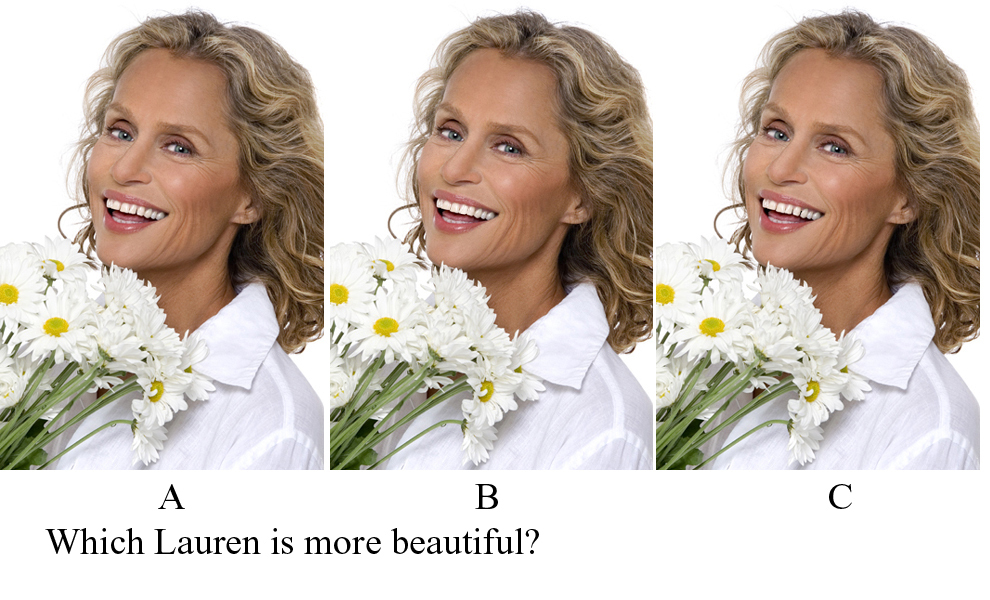
PHIL 332 Philosophy of Beauty -- Class Discussion 2015
Procedure: This file is intended for the occasional items that a student or the instructor (with the permission of the student) wishes to be put before the class as a whole. They arise from emailed messages to the instructor and he posts them in this web folder under the appropriate subject heading with a comment. Students should check into the web folder to see what their peers have said before sending items, to avoid pointless repetition. Images illustrating the subject are welcome. It is natural and desirable that postings should stimulate comments from others. Contributions to this file will be factored into the class participation portion of the course grade.
Here's an example of contribution from 2010. (At this time students were required to submit a number of contributions; presently contributing is entirely voluntary.)
25. From Sean Stewart, 9/22/10, re. beauty and symmetry. I would like to comment on Katie Gallagher's post (#23). She brought up a lot of interesting points. I agree with her assertion to an extent. I believe that it is certainly true that many beautiful things are irregular and that they might even derive some of their beauty from their irregularity. I do not however think that irregularity is either necessary or sufficient for beauty as there are many cases of beautiful things which are symmetrical and many irregular things that are ugly. So I would have to disagree that "beauty is anything but symmetrical". In the case of some one with a mole, or a buck tooth, or small eyes, you have to ask yourself: "is it the gap tooth that is making them beautiful or are they just a beautiful person who happens to also have a gap tooth?" and "although they are already very beautiful, would they be more beautiful if they did not have these irregular features?". I would argue that in most cases they would be more beautiful without these irregular features.
JB's response. If I can find an image of Lauren Hutton I will be able to provide some test images. I suspect part of the problem here may be verbal. If one understands non-symmetry as irregularity that brings one close to the term "variety" which has long been a companion term to "uniformity" in classical aesthetics. Everyone wants the regularity to be relieved by variety, complication, etc. Is that partly what you had in mind, Katie? But let's see what the images show.
[Slightly later] Here is the test array:

*****************************************************************************************.